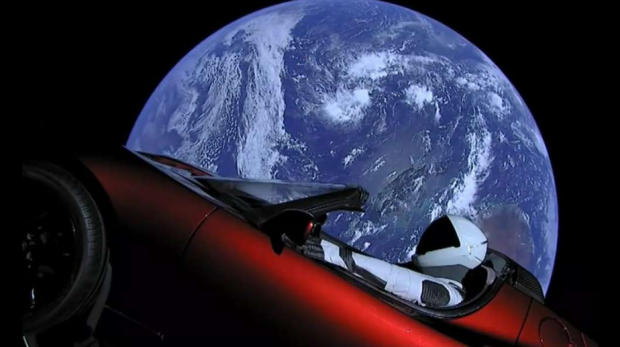
Breaking News
 Mirrored concrete for cheap solar energy
Mirrored concrete for cheap solar energy
 All Government Is Dictatorial Because All Government Is Totalitarian
All Government Is Dictatorial Because All Government Is Totalitarian
 Putin Says He's Ready for Peace
Putin Says He's Ready for Peace
 Medicaid Fraud in Minnesota at least $9 Billion Since 2018
Medicaid Fraud in Minnesota at least $9 Billion Since 2018
Top Tech News
 Perfect Aircrete, Kitchen Ingredients.
Perfect Aircrete, Kitchen Ingredients.
 Futuristic pixel-raising display lets you feel what's onscreen
Futuristic pixel-raising display lets you feel what's onscreen
 Cutting-Edge Facility Generates Pure Water and Hydrogen Fuel from Seawater for Mere Pennies
Cutting-Edge Facility Generates Pure Water and Hydrogen Fuel from Seawater for Mere Pennies
 This tiny dev board is packed with features for ambitious makers
This tiny dev board is packed with features for ambitious makers
 Scientists Discover Gel to Regrow Tooth Enamel
Scientists Discover Gel to Regrow Tooth Enamel
 Vitamin C and Dandelion Root Killing Cancer Cells -- as Former CDC Director Calls for COVID-19...
Vitamin C and Dandelion Root Killing Cancer Cells -- as Former CDC Director Calls for COVID-19...
 Galactic Brain: US firm plans space-based data centers, power grid to challenge China
Galactic Brain: US firm plans space-based data centers, power grid to challenge China
 A microbial cleanup for glyphosate just earned a patent. Here's why that matters
A microbial cleanup for glyphosate just earned a patent. Here's why that matters
 Japan Breaks Internet Speed Record with 5 Million Times Faster Data Transfer
Japan Breaks Internet Speed Record with 5 Million Times Faster Data Transfer
NASA unveils new rules to protect the moon and Mars from Earth germs

NASA has unveiled new policies to protect the moon and Mars (and Earth) from contamination as human spaceflight advances.
The agency released two NASA Interim Directives (NIDs) today (July 9) that detail new requirements for human and robotic missions traveling to and from the moon and Mars. These directives were enacted to protect the planetary bodies from any possible biological contamination that could originate on Earth and ultimately interfere with scientific research (or additionally, in the case of Mars, to also prevent any possible biological material from being brought home to Earth.)
One of the newly announced NIDs addresses the potential issue of forward biological contamination — contamination brought from Earth to another planetary object — on future moon missions. The second NID deals with Mars and covers both forward and backward contamination (the type brought to Earth from another cosmic body).
These NIDs were created with the interests in three specific space communities in mind, NASA officials said.
"We're trying to balance the interests of the science community, the interest of the human exploration community and the interest of the commercial community," NASA Administrator Jim Bridenstine announced today while revealing the NIDs during a "Moon Dialogs" webinar hosted by the nonprofit Secure World Foundation. NASA's Office of Planetary Protection, which is housed within the Office of Safety and Mission Assurance, will ensure that these directives are complied with, Bridenstine added.

 Advanced Propulsion Resources Part 1 of 2
Advanced Propulsion Resources Part 1 of 2

